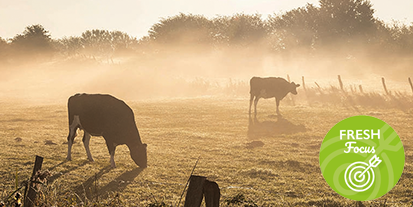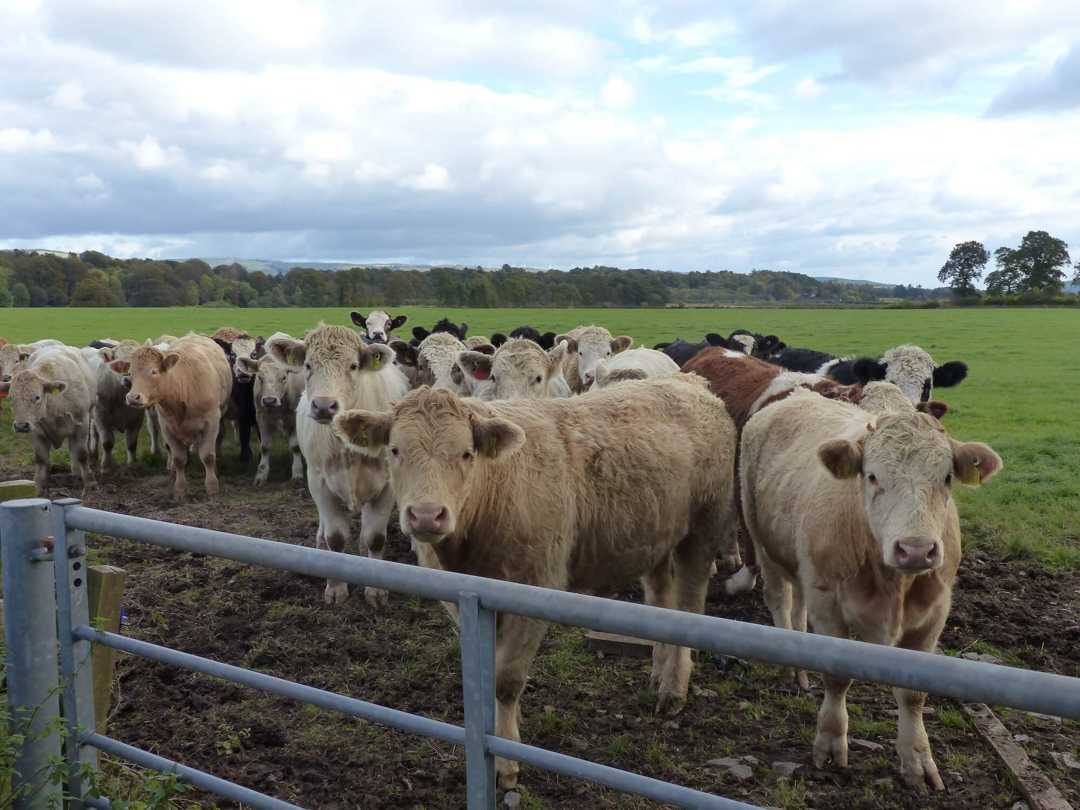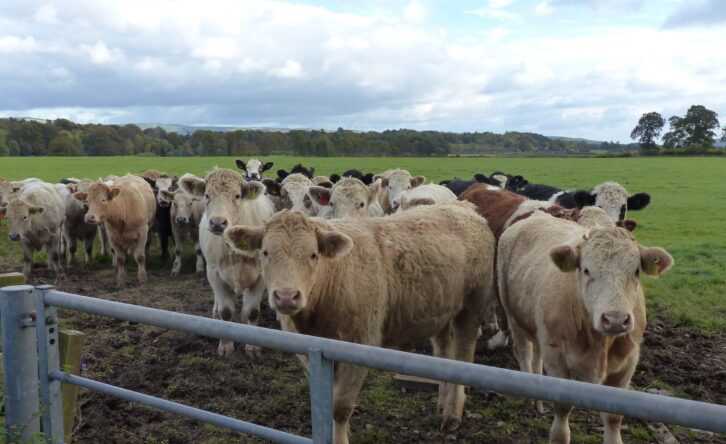Q&A with meat buyer
Welcome to an insider’s glimpse into the bustling world behind the fresh meat industry.
We’re delving into the complexities of sourcing fresh meat from suppliers. Join us as we unravel the criteria and accreditations we look for in new suppliers, along with our strategies for negotiating pricing and navigating various sourcing factors in this ever-evolving industry. Discover how these behind-the-scenes processes shape the quality and availability of the meats we enjoy, from farm to fork.

What criteria do you use to evaluate and select new suppliers for the business?
Quality: evaluate the quality of the supplier’s products.
Cost: Compare the prices offered by different suppliers to ensure competitive pricing.
Reputation within the industry and among other customers.
Communication: Evaluate responsiveness and clarity in communication.
Location and Logistics: Analyse their proximities impact on shipping and lead times.
What specific accreditations or certifications do you require from your suppliers, and why are they important?
- BRC (British Retail Consortium)
- RTA (Red Tractor Assurance) as this covers animal welfare, environmental protection, Food safety and traceability
- Halal Certificate
How do you ensure that suppliers meet the businesses quality and safety standards consistently/ adhere to any specific regulatory requirements or standards applicable to the fresh food sector?
We employ audits, inspections, and documentation reviews and monitor our supplier’s performance metrics i.e. defect rates, on-time delivery, and adherence to specifications. We also make sure they maintain robust traceability systems.
How do you manage relationships with multiple suppliers to ensure a stable and diverse supply chain?
The main ways we maintain relationships are by communicating our expectations and requirements and having regular interactions through site visits and participating in supplier event for example.
What strategies do you use to stay updated on industry trends and innovations in fresh food sourcing?
We make sure all relevant employees are subscribed to industry publications and trade journals, so we get email update and can discuss/ pass information between the team.
We dissect market research reports and market intelligence from organisations such as the AHDB (agriculture & horticulture development board).
Participating in industry forums and online communities such as social media platforms like LinkedIn, that’s a really useful source of information.
How do you prioritise sustainability and ethical sourcing practices when choosing new suppliers?
We conduct thorough audits and assessments, visiting sites, and requesting documentation and certifications. We choose suppliers demonstrating transparency and traceability in their supply chains. It’s not just about what suppliers say but also about what they can tangibly demonstrate in their operations.
In what ways do you collaborate with suppliers to ensure a mutually beneficial partnership?
Usually, we will establish shared goals and objectives that align with both parties’ interests. This involves sharing forecasts, sales data, and providing continuous feedback. We do like to collaborate closely with suppliers as it helps to foster a strong and sustainable relationship that benefits both parties.
What measures do you take to maintain consistency in product quality and freshness across different suppliers?
We start by setting clear specifications and requirements for quality, freshness, packaging, and handling. This ensures that everyone involved understands the expectations. We also conduct periodic supplier audits to assess compliance and address any issues promptly.
Can you share any insights into how you negotiate pricing and terms with suppliers to achieve the best possible outcomes for the business?
When negotiating pricing and terms with suppliers, we’ll look at market prices and industry trends as benchmarks, then identify and leverage factors such as volume commitments, long-term contracts, or exclusive partnerships to achieve favourable outcomes. Cultivating a positive relationship based on trust and mutual understanding is key. However, being prepared to walk away if needed is crucial. Having supply chain flexibility and contingency plans in place gives us leverage in negotiations, ensuring we secure the best possible deals for the business while maintaining strong relationships in the long run.
How do you measure the product quality and grading/ what are the goods in quality assurance checks, and what actions do you take based on these assessments to continuously improve supply chain?
We set detailed product specifications covering aspects like size, weight, colour, texture and packaging amongst other things. We also conduct sensorial evaluation tests on factors like taste, aroma, and texture. Quality control checks occur at multiple stages of the supply chain, but at goods in especially. Also, feedback loops are crucial; we provide suppliers with detailed feedback to address any issues, ensuring continuous improvement for consistently high-quality products.
Our team are on hand to support you and discuss your requirements in order to provide the best fresh ingredients for your dishes.
Follow us on social media for regular updates on Instagram, LinkedIn, Twitter and Facebook




